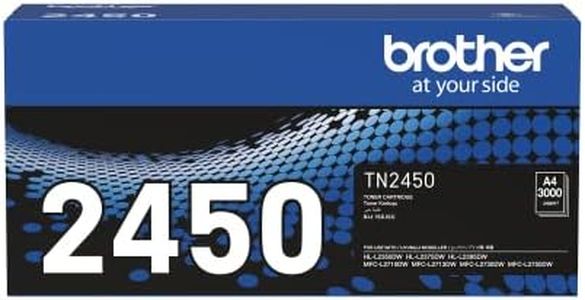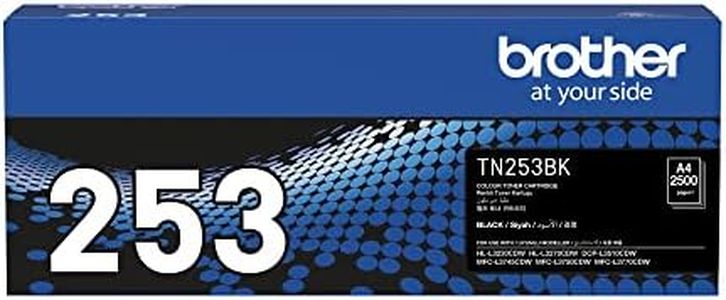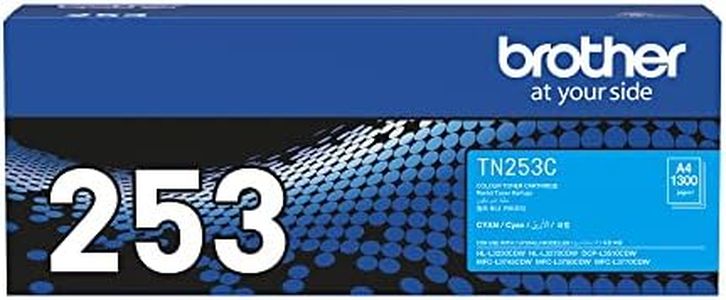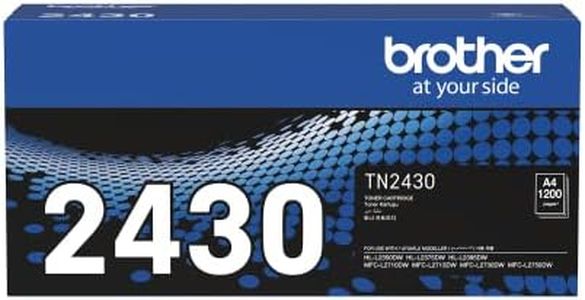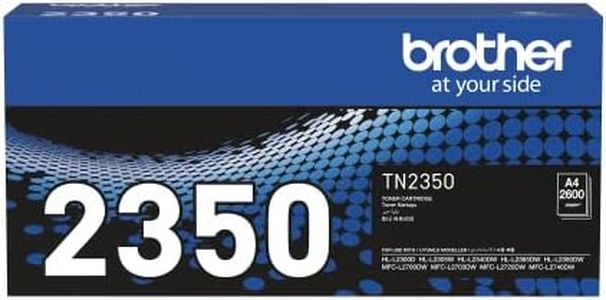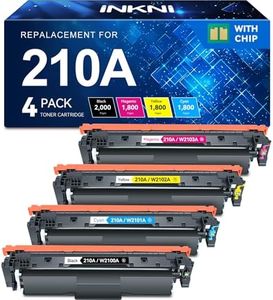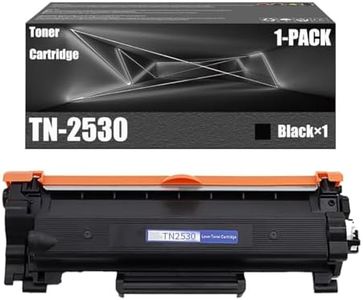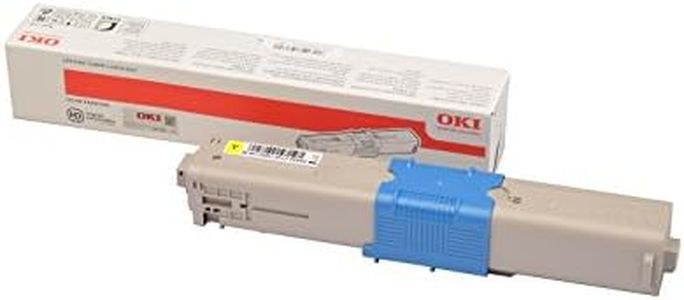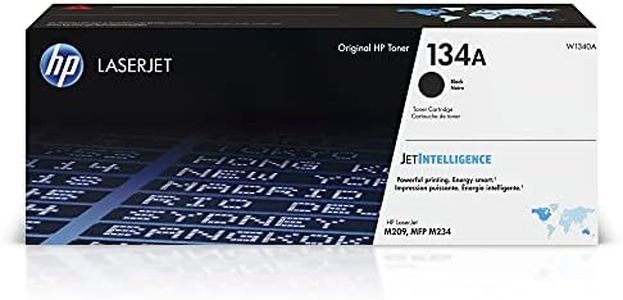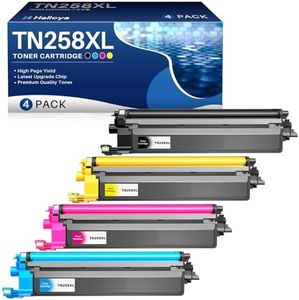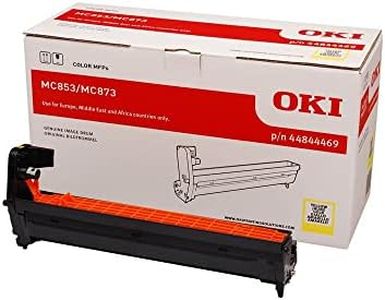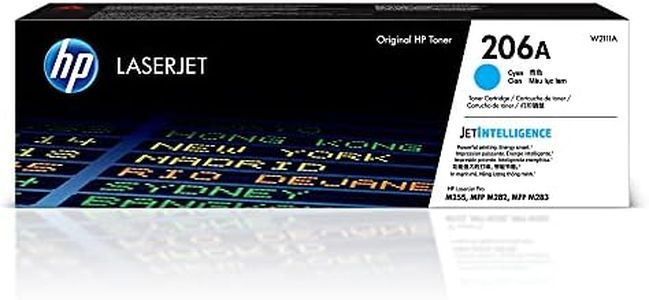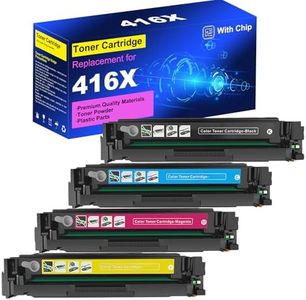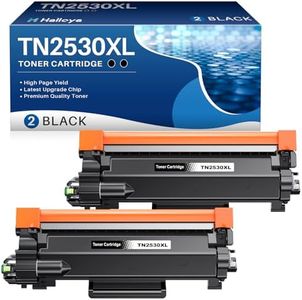We Use CookiesWe use cookies to enhance the security, performance,
functionality and for analytical and promotional activities. By continuing to browse this site you
are agreeing to our privacy policy
10 Best Toner Printers
From leading brands and best sellers available on the web.By clicking on a link to a third party's website, log data is shared with that third party.
Buying Guide for the Best Toner Printers
When shopping for a toner printer, it's important to consider your specific needs, such as how often you print, what types of documents you create, and whether you need color or just black and white. Toner printers, also known as laser printers, use toner powder rather than ink and are well-known for their speed, efficiency, and long-lasting print quality. To find the best match, you should weigh key features that will impact your daily experience, keeping in mind how they suit your personal or office workflow.Print Speed (Pages Per Minute, PPM)Print speed tells you how many pages a printer can produce in one minute. This is especially important if you print large volumes at once or work in a busy office. Lower speed printers (say, under 20 PPM) are good for occasional home use, while mid-range (20-40 PPM) suits small offices or frequent personal use. Higher speeds (over 40 PPM) are best for larger offices or groups sharing a machine. If you mostly print single pages or a few documents at a time, a lower speed is likely fine, but for heavy, continuous printing, look for quicker machines.
Print Resolution (DPI)Print resolution is measured in DPI (dots per inch), indicating how sharp and detailed the prints will be. For simple text documents, a basic resolution (around 600x600 DPI) is usually enough. If you print graphics or need professional-looking results, especially for presentations or marketing materials, higher resolutions (1200x1200 DPI or more) are preferable. Think about the typical documents you print—if they’re mainly text-heavy, you don’t need the highest resolution, but for images and diagrams, aim for higher DPI.
Monochrome vs. ColorMonochrome printers print only in black and white, while color printers handle a full range of colors. Monochrome models are more cost-effective and faster for text documents, while color ones let you print photos, charts, or colorful materials. If your work is mainly invoices, reports, or text, monochrome will suffice. If you need to print marketing materials, photos, or documents with color, consider a color printer.
Connectivity OptionsConnectivity refers to how you connect your printer to your computer or other devices. Options include USB, Ethernet, Wi-Fi, and sometimes Bluetooth. USB is direct and simple, mainly for single computers. Ethernet is good for shared office settings. Wi-Fi is great for wireless printing from multiple devices or locations, especially if you print from laptops, tablets, or phones. Choose based on whether you want a fixed connection or flexible, wireless access.
Duplex Printing (Automatic Double-Sided)Duplex printing means the printer can automatically print on both sides of a sheet of paper. This feature saves paper and is useful for producing booklets or professional documents. Not all printers have this—if you often print multi-page documents or want to save paper, look for automatic duplex. If your needs are basic or single-sided, this may be less critical.
Paper Handling CapacityPaper handling capacity relates to how many sheets the printer’s input tray can hold. Lower capacity (under 150 sheets) is fine for light use, but small offices or higher workloads will want larger trays (250 sheets or more) to avoid frequent refilling. Consider how often you want to reload paper based on your typical print volume.
Toner YieldToner yield tells you how many pages a toner cartridge can print before it needs replacement. Standard yields suit light, occasional printing, while high-yield cartridges can print much more and are better for heavy use, reducing interruptions and maintenance. Think about your average monthly printing—if it’s heavy, higher yield saves time and hassle.
